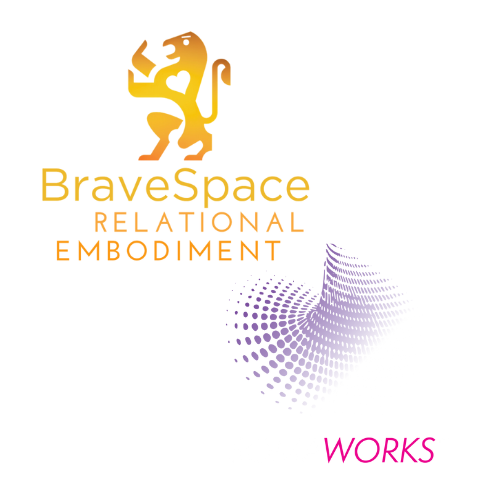What is Movement Therapy?
Definitions are boundaries. They give us edges to navigate. When we perceive an object we decode its shape by seeing (or feeling) its edges. I find language to be similar: We rely on the edges of meaning in order to define our communications with each other. We often have different understandings of the words we share; sometimes the edges can be blurry. At the very least, like objects, definitions of words can appear different depending on the perspectives from which we approach them. Yet the bulk and weight of a word’s meaning may still be perceivable even when we can’t quite determine its edges. I think the phrase “movement therapy” functions in this way. Every one of us reading those words has some idea of what they’re referring to, and yet the edges are unclear. Even my own perception of what I do as a movement therapist is constantly evolving. I’d like to share some of the edges I see, and the volume those edges contain.
Lets begin with the more common phrase “physical therapy.” These words are defined not only by physical therapists, but also by a whole system that includes doctors, insurance companies, and universities. I expect certain behaviors and approaches from physical therapists, including the measurement, diagnosis, and treatment of physical injuries and diseases. In order to participate in a standardized system, such injuries, diseases, and disabilities are strictly categorized. I have met many physical therapists who appear to genuinely perceive their patients this way—as representations of defined problems and diagnoses. I have also met many physical therapists who seem to be working with something much more alive—human beings. Thomas Hanna labels this whole-systems view of a person a soma, complete with their emotions, behaviors, and patterns. Such a view makes a dis-ease much more difficult to define. I have heard this complaint from many somatically-oriented physical therapists as they attempt to fit their well-rounded practices into the square holes of insurance paperwork.
As a movement therapist, I come from the world of art. I am a dancer and choreographer. I engage with aesthetics. To define aesthetics, perhaps we do best to begin with anesthetics. Anesthetics—take asprin for example (try 2)—help us to not feel. To consider aesthetics is to pay attention to the subjectivity of sensation, emotion, and the individuality of our aliveness. Even pain is a vital resource from an aesthetic perspective. To become a movement therapist I learned to consider movement as something that is both discretely physical, and as something filled with meaning. The language system of Laban Movement Analysis (LMA) provides me with ways to define the edges of what I see in my clients’ movements and bodies. Within the framework of LMA, Pilates, and myofascial bodywork I do many of the same things that physical therapists do: I use touch to engage the relationships between my clients’ nervous, fascial, bone, and muscular systems. I have equipment to help create dynamic resistance in specific planes of motion as I help my clients retrain their movement patterns. I observe and speak about my observations. I do not diagnose. Instead, I interact with the whole of the living phenomenon in front of me. There are things that are similar about my work with different clients, but in order to attune to what is meaningful I approach every person and every session as a unique piece of art. In some cases my clients literally end up dancing, although their dances might not be recognizable as such on So You Think You Can Dance.
I have struggled a bit with the difference between the words “therapist,” and “educator.” The International Somatic Movement Education and Therapy Association, of which I’m a member, offers certifications as a therapist or educator based on the same qualifications. I think a good therapist is an educator. I do not fix or heal my clients. People heal themselves when the conditions are right. I help people learn—in their bodies as well as their minds—how to move with greater efficiency, diversity, resilience, and ease. I help people align themselves in space and time to better function and express their vitality. I’ll use any tool through which we can artfully engage in that task together. To me, that’s movement therapy.

0 comments